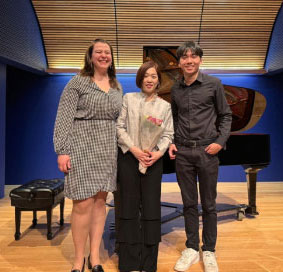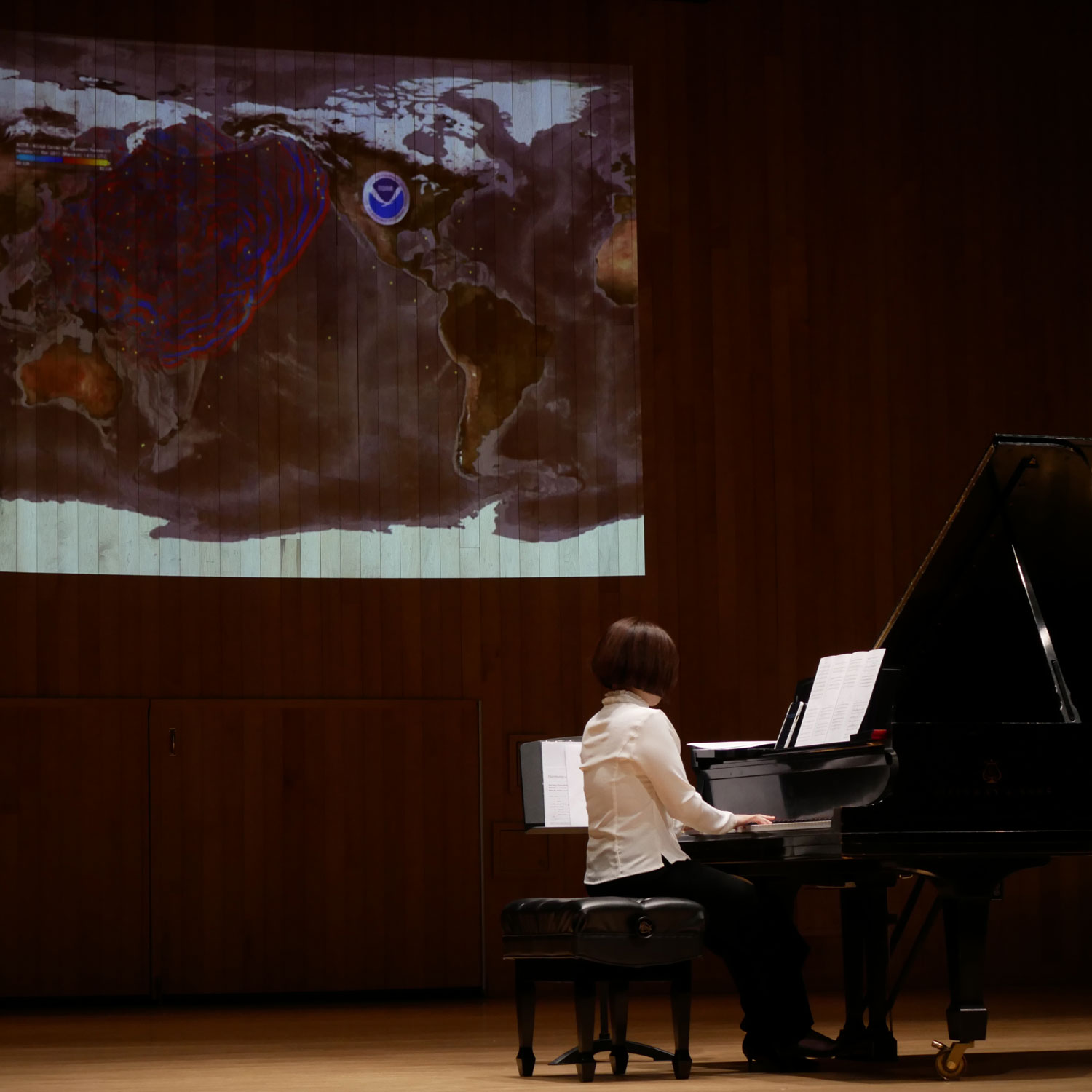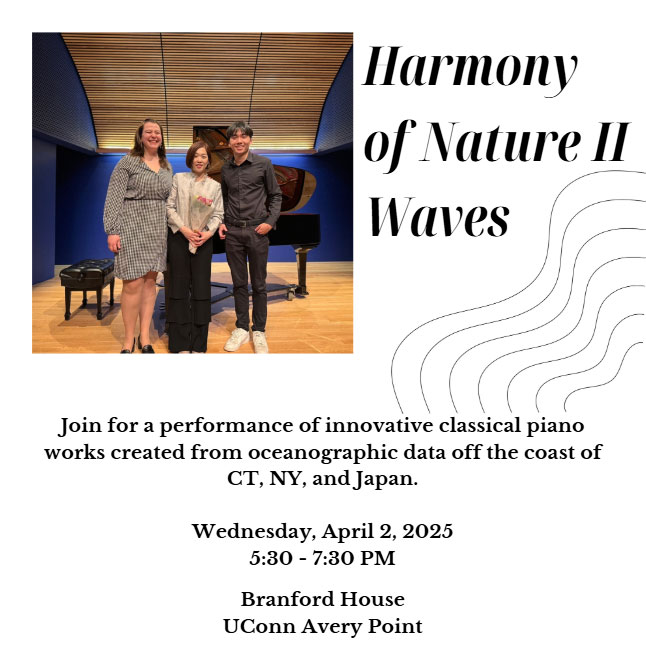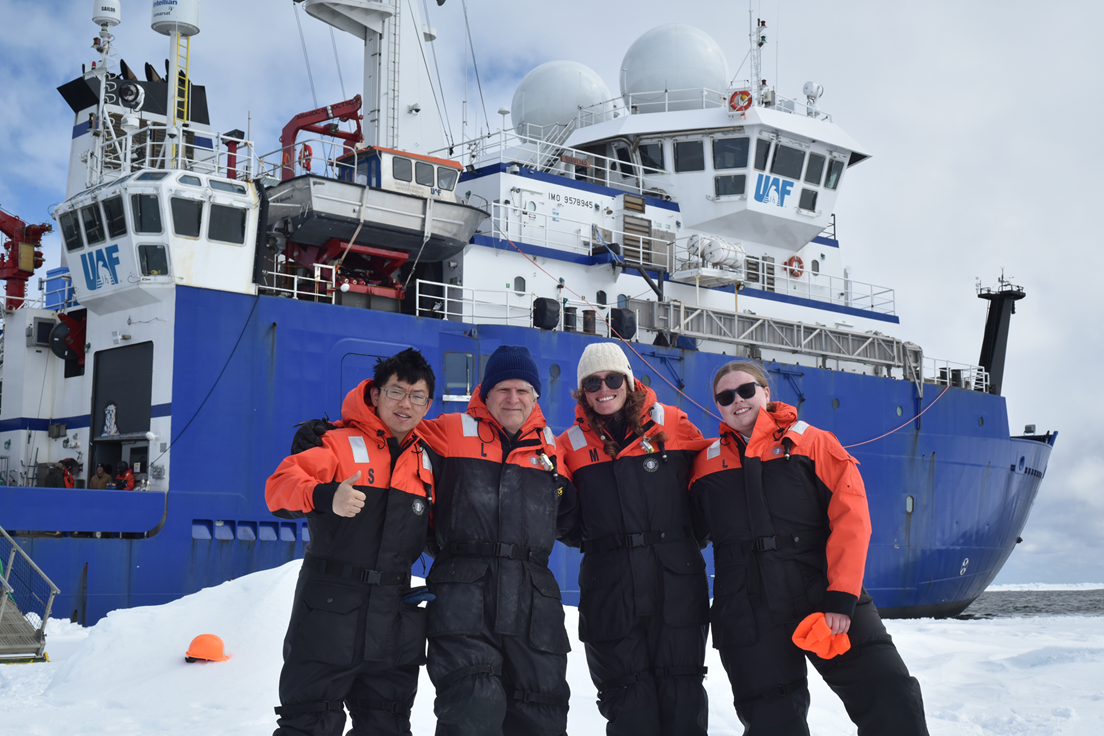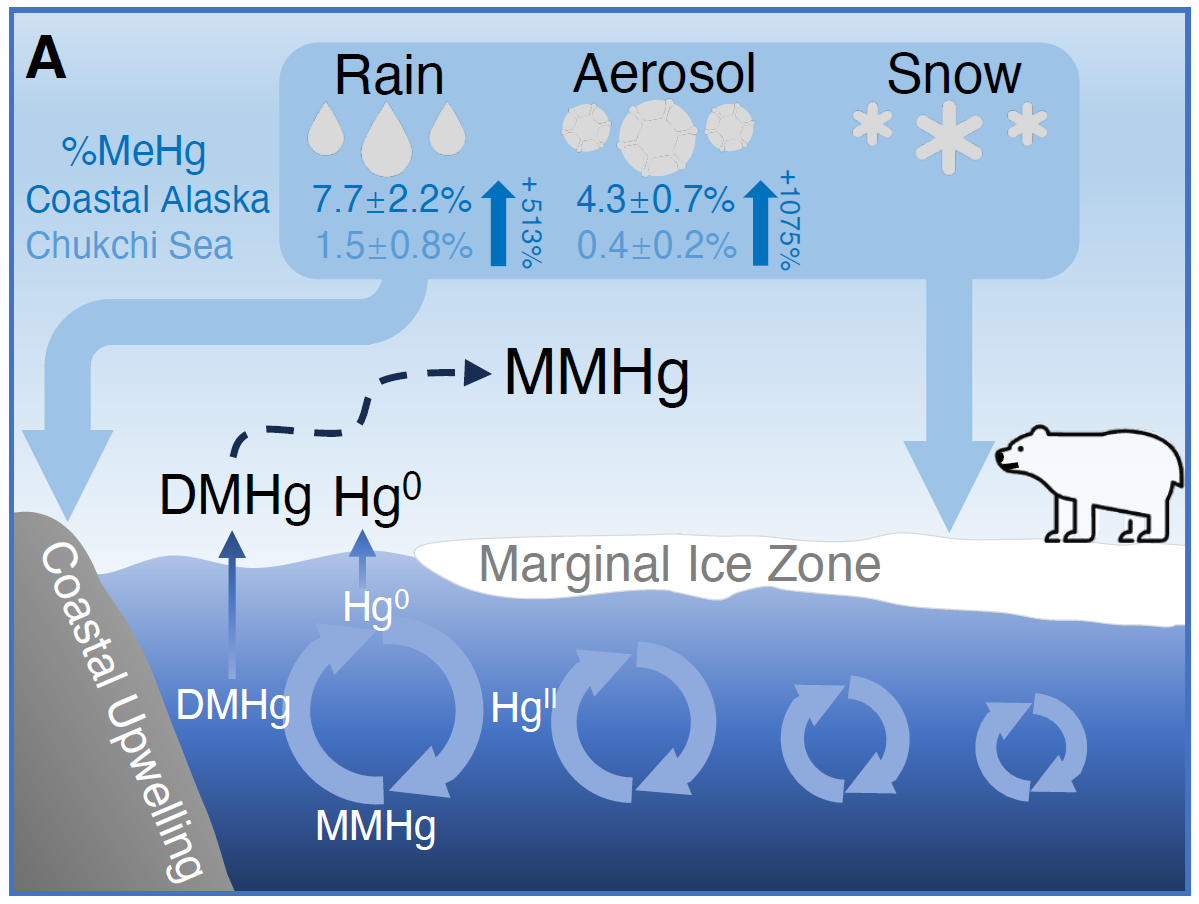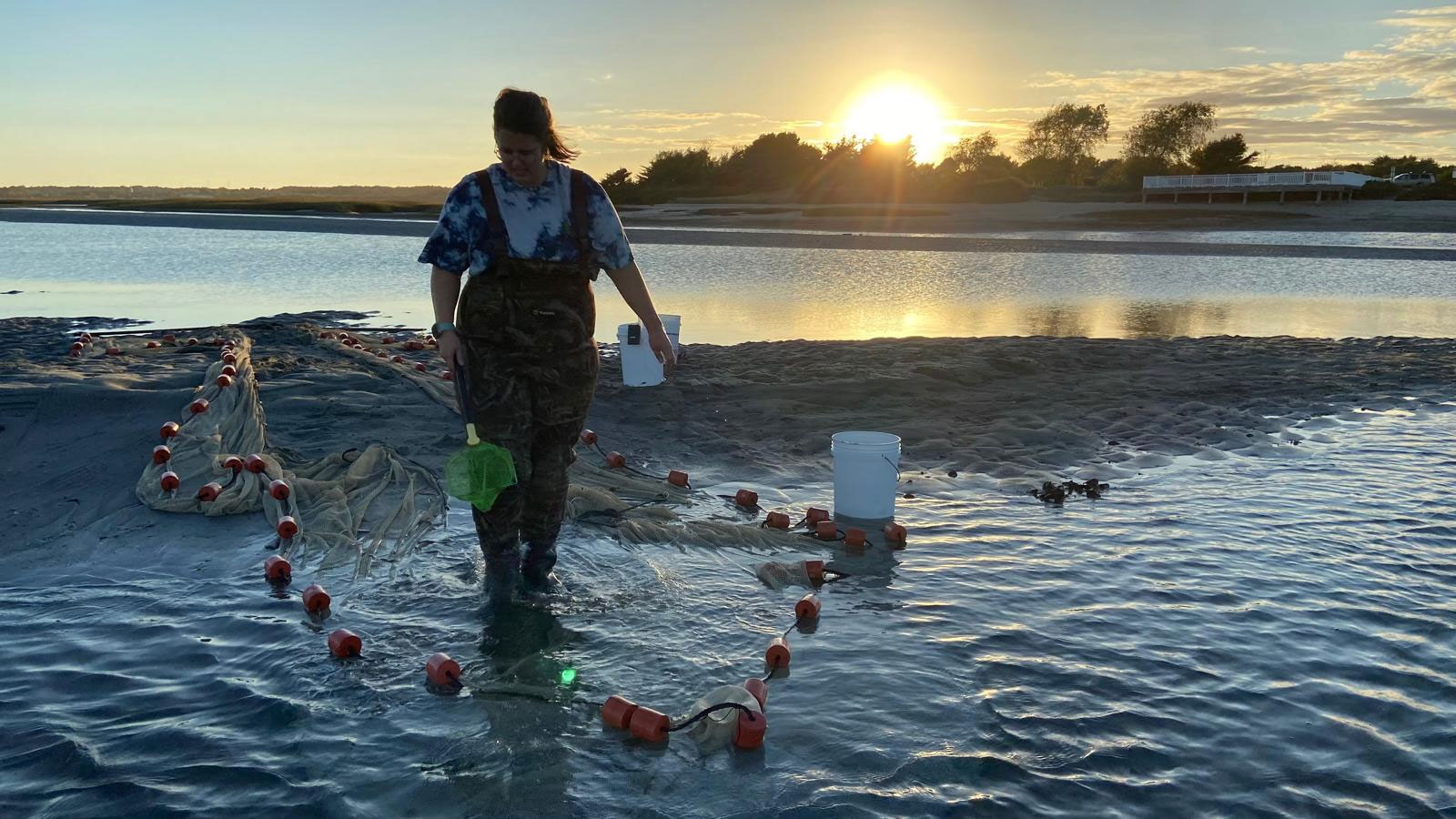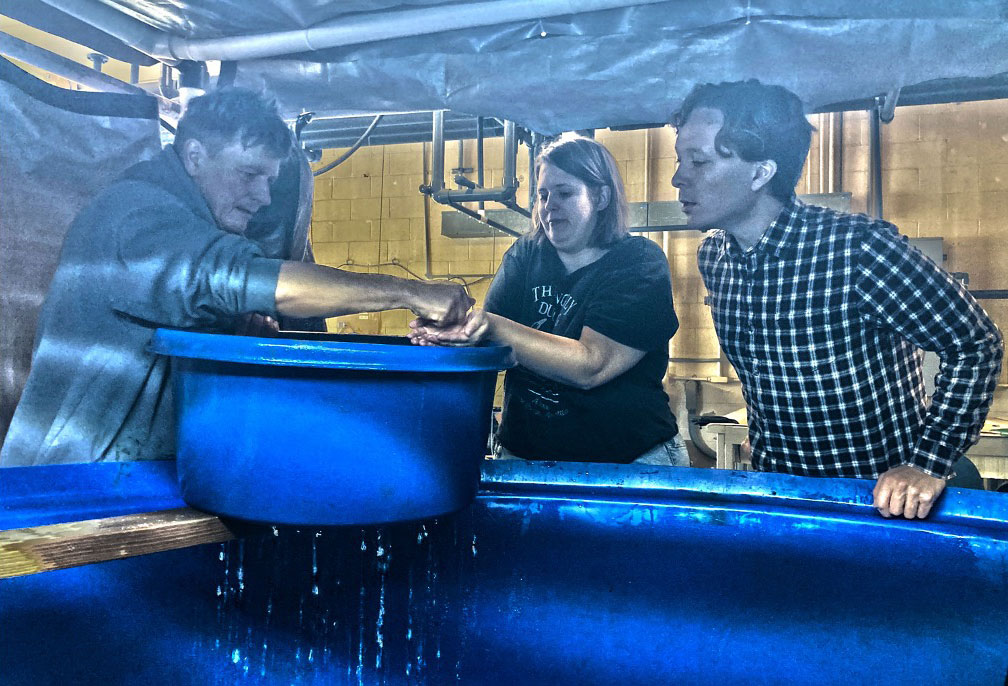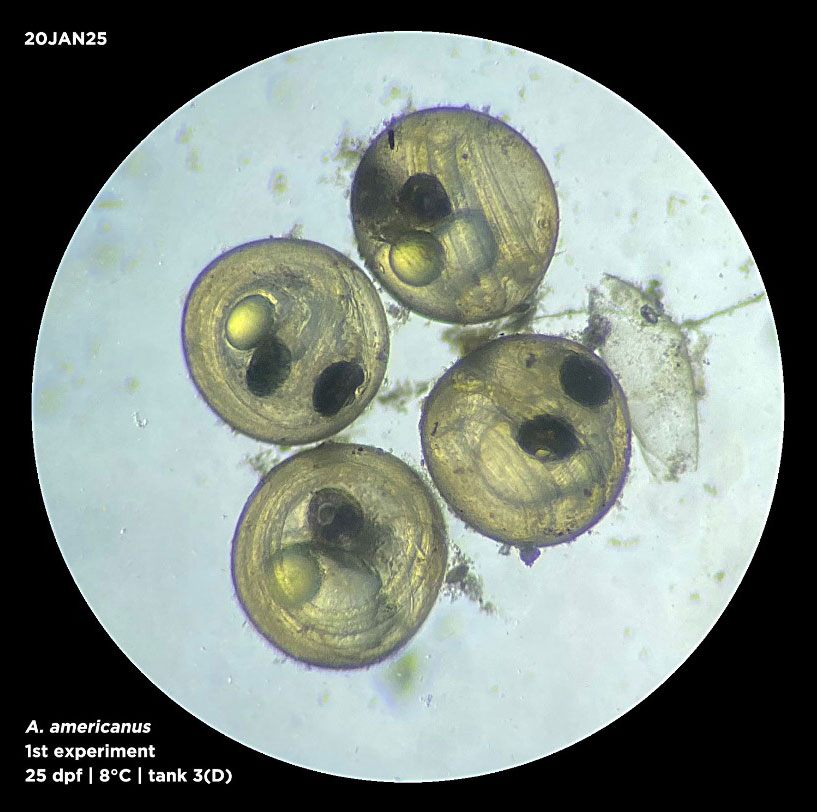By Samantha Rush.
PhD candidate Molly James, pianist Sophy Chung, and composer Maxwell Lu have joined forces to release Harmony of Nature II: Waves, an album showcasing the growing potential of music as a tool for science communication.
During the COVID-19 pandemic, Molly and Sophy began helping each other learn and practice their respective languages: English and Korean. This blossomed into a beautiful friendship and also into an unexpected collaboration between music and science.
Molly, a scientist and bass trombone player in the Southeastern Connecticut Community Orchestra, and Sophy, a pianist trained at The Juilliard School and a teacher at Yewon Arts School in Seoul, previously merged their passions to create Harmony of Nature phase I in 2022. The project transformed environmental data (temperature changes, wind speed, wave height, and tides) from the South Korean Meteorological Agency into sounds and classical compositions.
The project received a lot of positive feedback, especially following live performances. Motivated by this success, the team enlisted Max, a composer also trained at The Juilliard School and computer scientist, to help develop a second album. Like the first, Harmony of Nature II uses environmental data to generate musical compositions, but with a specific focus on wave data.
One piece, called honshu_east_all - tsunami, is composed from data from the National Oceanic and Atmospheric Administration (NOAA) Deep-ocean Assessment and Reporting of Tsunamis (DART) buoy system during the 2011 Tohoku earthquake and tsunami in Japan. The piece features bell tones at intervals that correspond to the tsunami signal detected by the buoys as it traveled across the Pacific Ocean. Another composition, sea level rise, uses NOAA Tides & Currents buoy data from long-standing stations in NY and CT to explore sea level rise in Long Island Sound.
The goal of these compositions is to translate complex, non-intuitive environmental data into a deeper emotional connection to nature. While it can be difficult to quantitatively measure the exact impact on scientific literacy or audience actions, Molly notes that in-person feedback has been “very positive” with listeners expressing emotional connections and increased knowledge.
The team is already working on Harmony of Nature III, with a target release date sometime between 2025 and 2026. Currently, they are exploring datasets from the 2024 Atlantic Ocean hurricane season that brought devastation to the US including storms such as Beryl, Helene, and Milton. At the same time, they are also exploring data related to rapid Arctic environmental changes and glacial melt. Their future goals include expanding the instrumentation, recruiting more musicians for recordings and performances, and including researchers from other scientific fields.
“This exercise in collaboration and science communication presented me with opportunities to learn from my two teammates who have totally different skillsets from my own and who challenge my inclinations and training as a scientist. I am out of my comfort zone in all our meetings”, says Molly.
For her, the experiences with Harmony of Nature have offered multiple iterations of science communication training from communicating to Sophy and Max as well as to their intended audience. Molly adds that effective science communication, whether through music or other avenues, relies on understanding your audience, distilling your message, and avoiding jargon.
So far, Sophy has performed Harmony of Nature II at several venues in the US, including the Marc A. Scorca Hall at the National Opera Center in New York City (3/23/24), the Branford House at UConn Avery Point (3/27/24), and at the von der Mehden Hall at UConn Storrs (3/29/24).
The project will also be on display in a multimedia exhibition format at the UConn Avery Point campus at the Alexey von Schlippe Gallery. Sophy will return to debut a new piece at the opening reception in the Branford House on April 2, 2025 from 5:30 - 7:30 PM – be sure to arrive promptly at 5:30 PM sharp to catch the live performance!
You can find the full Harmony of Nature II album on Apple Music and Spotify
